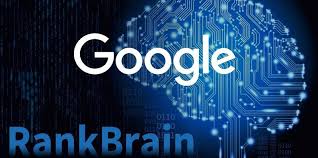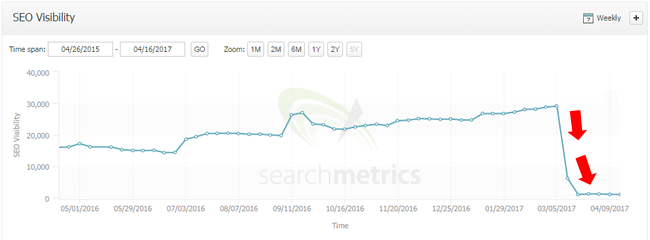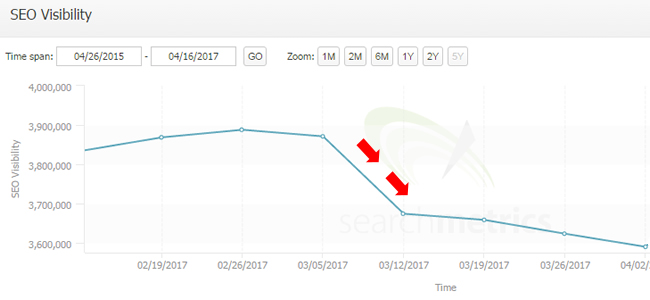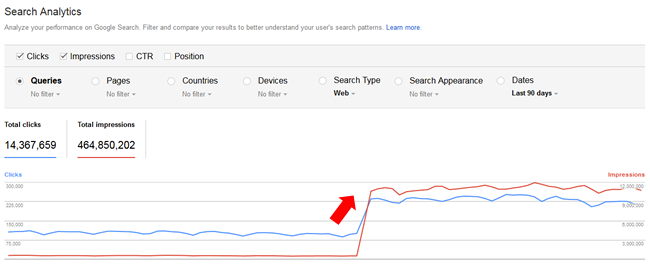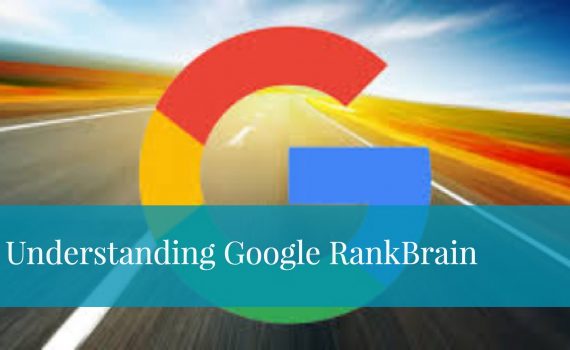
When Does Google RankBrain Algorithm Influence a Query Result
Category : SEO News
RankBrain used a set of databases based on people, places, and objects (also called entities) to define the algorithm and its automatic learning processes.
These words (queries) are then decomposed into word vectors using a mathematical formula to give these words an “address”. Similar words have similar “directions”.
When Google processes an unknown query, those math relationships are used to better match the query and return multiple related results.
Over time, Google refines results based on user interaction and machine learning to improve the match between users’ search intent and search results returned by Google.
It is important to note that the words the search engines used to throw the words “and” or “they” were not included in the RankBrain analysis. RankBrain is also designed to help understand queries to get the best results, especially for queries with negative targeting. For example, queries that use words like “no” or “no”.
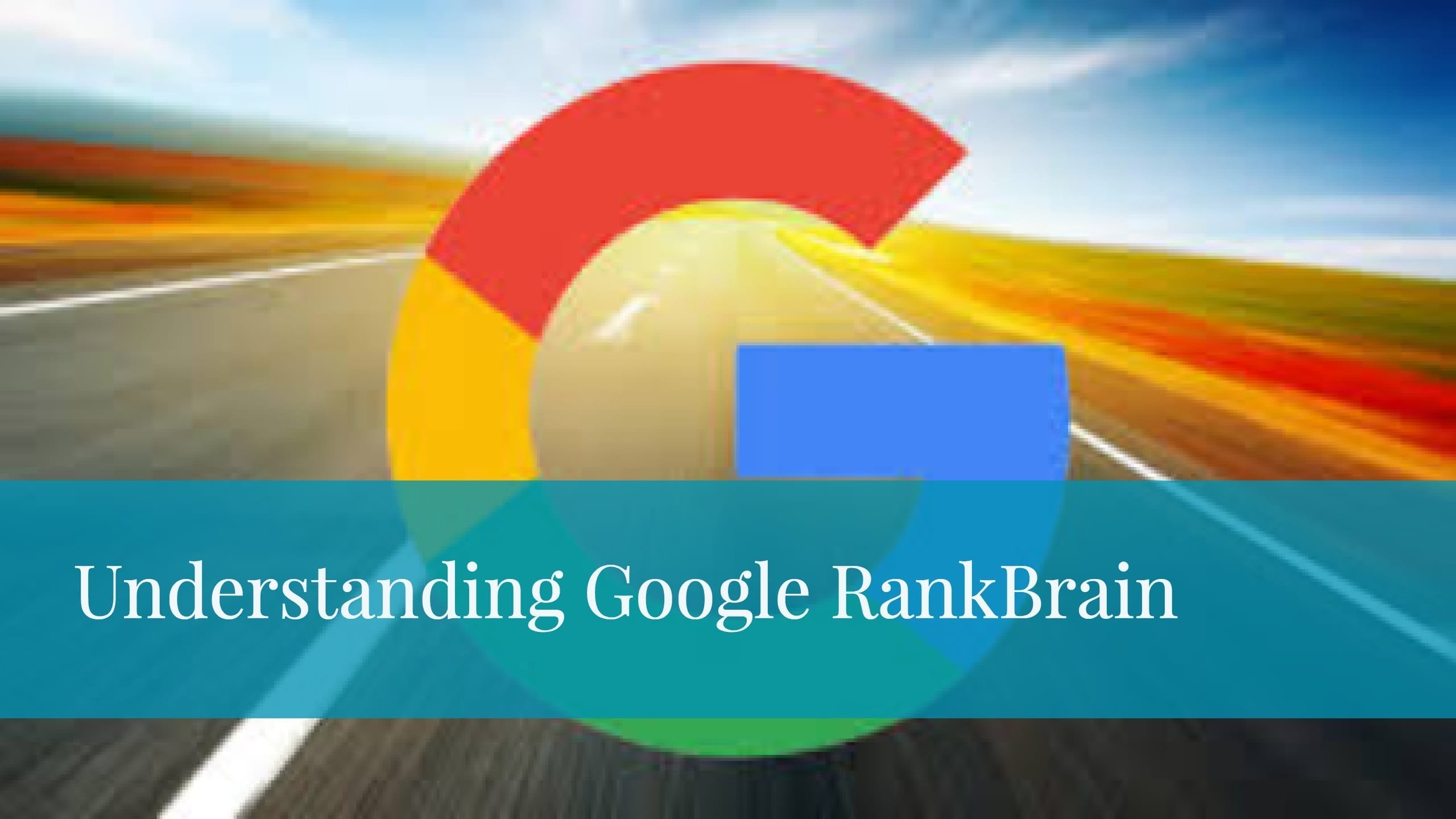
Short of actually being able to read a website’s content, RankBrain is able to identify the context of keywords in a webpage or website.
By doing this it is able to provide search results based on a user’s ‘true’ intent (as opposed to blindly matching those websites that just contain the words that you typed).
It interprets your language and queries – whether you use formal or colloquial terms – then relates them to other similar searches based on previous intent and results. This will then give you the closest results to what you meant by your query.
Borrowing Google’s own example, the query “what is the label of a consumer at the highest level of a food chain?” sounds gibberish to anyone but the user.
With RankBrain, however, Google can make a guess as to what these unfamiliar words mean.
This then allows Google to interpret the query that matched the user’s intent, providing results that detail, in this instance, where a consumer fits in the food chain.
When Google RankBrain Algorithm Influencing a Query Result
RankBrain addresses query in all languages and in all countries.
If RankBrain is most involved, the query is unique and unknown.
For example, prior to Google RankBrain’s announcement, I wrote an article about something that I observed during my own research on Google.
It started when I was looking for information on water rights in Nevada during the drought in California. (We share a river with them). When I looked at the water rights in Clark County or Las Vegas, there was much information about Google on this topic. However, when I looked around for the water rights of Mesquite NV (a city 90 km north), I regained the water authority and nothing in connection with the water usage rights. Water Instead I have sided with mesquite trees, mesquite wood, mesquite barbecue chips, etc.
At that time I did not know what his name was, it was that he existed. We know that now thanks to RankBrain.
Why? Since Google did not know in what relation the mesquite “thing or place” stands to the water rights of “water”, a “kitchen sink” of the results was sent.
The idea of the “best option” is that over time Google will find out which option best suits this query.
If you’ve been searching for a long time, you can remember when you did a search, and Google will show you the actual words used in that search (despite your input). He was the predecessor of RankBrain.
Read more Clever ways to optimize your website for RankBrain
_______________________________________________________________________________
Please contact us for seo service packages at TDHSEO.COM.
TDHSEO Team
Email: tdhseo@gmail.com
Skype: tdhseo
https://www.facebook.com/tdhseo
Thank you!


